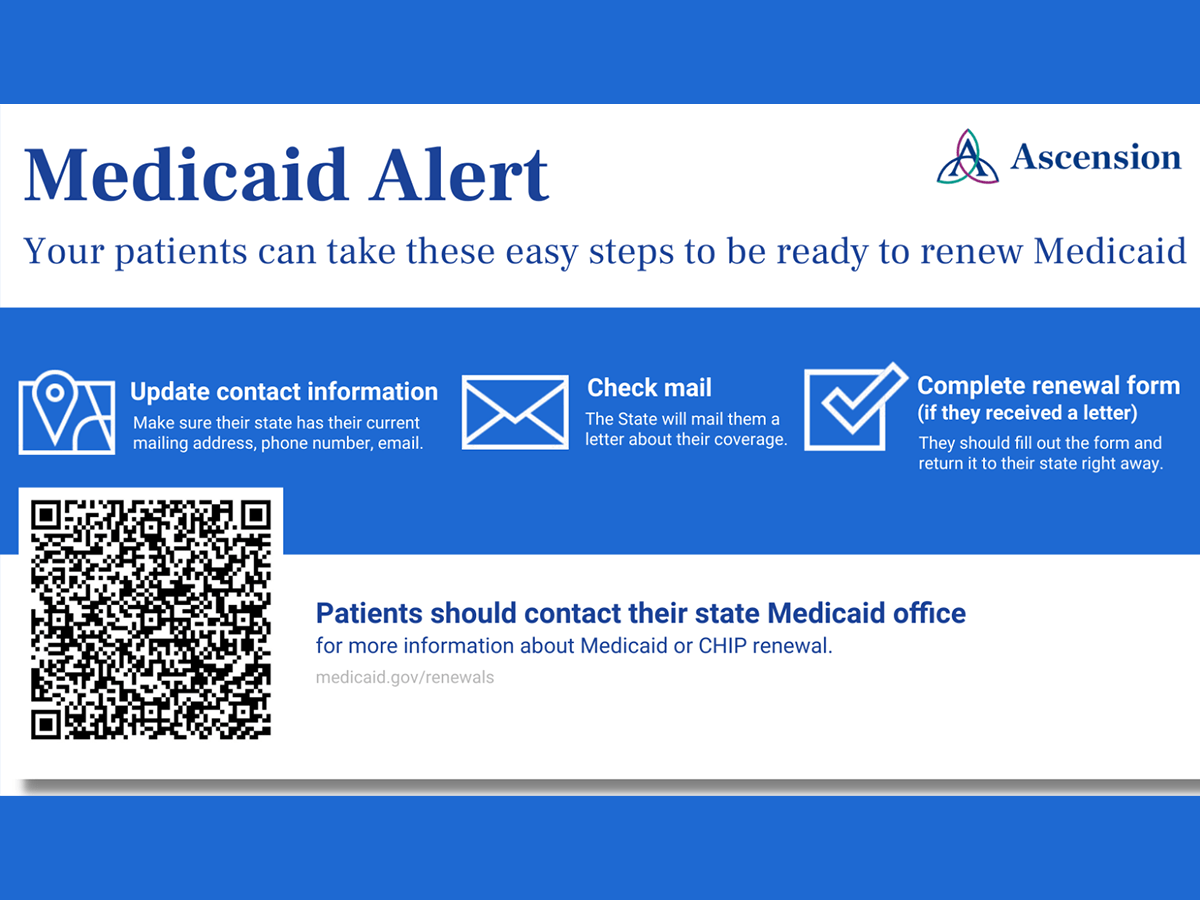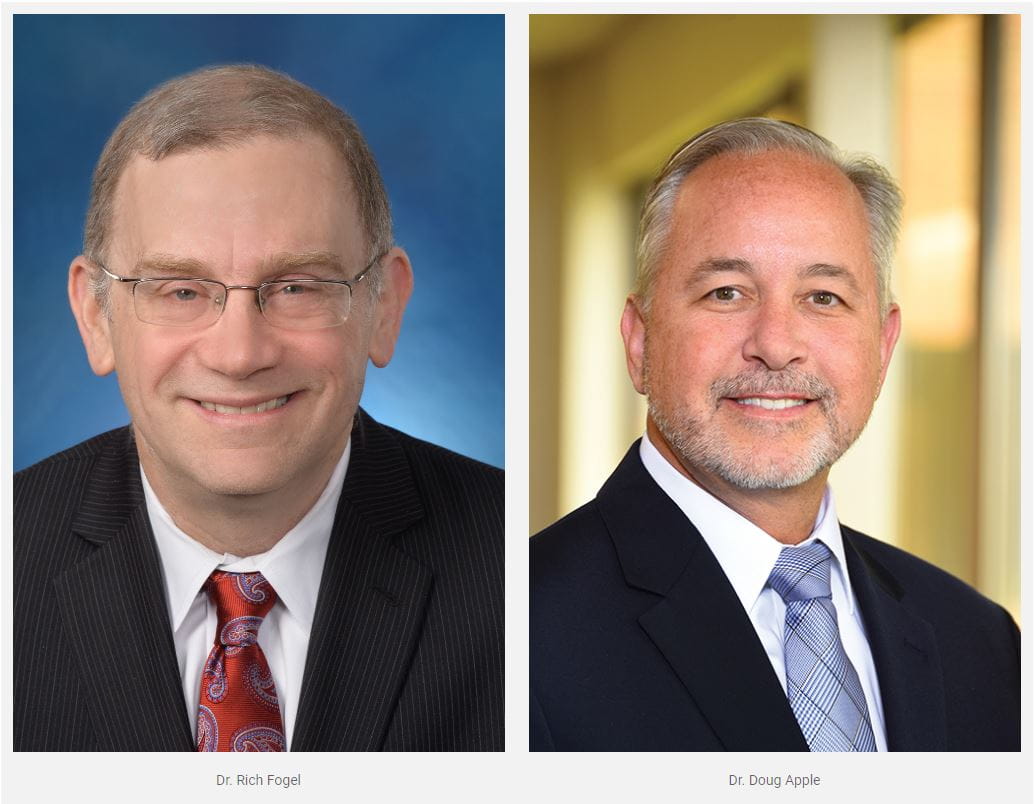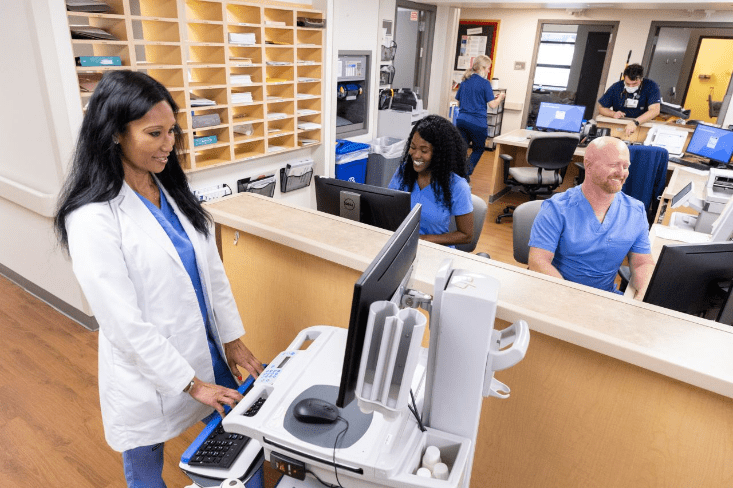“It was a great experience and I will only go to this ER facility.”
“An ingenious way to check in for emergency treatment.”
“As advertised, helps reduce wait times and is quick and easy!”
These comments are just a sampling of the rave patient reviews for a new online check-in system that allows low-acuity Emergency Department patients to wait at home. This system was first introduced in Ascension at the Emergency Department of Seton Northwest Hospital in Austin, Texas, part of the Seton Healthcare Family in July 2011. Now, 13 Ascension Health Ministries offer online scheduling for service lines ranging from Emergency Departments to mammography centers.
The fundamental attraction is ease to the consumer. The system allows people to register online, wait at home or wherever they feel most comfortable, then show up just in time for their designated time at the Emergency Department or urgent care center. In the case of emergency services, typically the online registrant is greeted by an associate and moved into a treatment room right away, often bypassing the waiting room altogether.
“It’s been a big crowd pleaser for the folks who use it,” said Richard Easterling, MSN RN, Director of Emergency and Trauma Services at Seton Northwest Hospital. “We even use it from the lobby, where people register from their own mobile device, because they see how long the lobby wait might be. It’s a very good satisfier for patients.”
The service is free to patients; they are not charged any more for an appointment they book online. All the normal insurance deductibles and co-pays for emergency visits still apply.
It is important to note that the online registrations are not for those who have serious injuries or symptoms. The online waiting service is designed for low-acuity patients, those who can’t or don’t want to wait until the next day or Monday morning to see a doctor. Easterling, who is also the Senior Director of Nursing at Seton Northwest and an early adopter turned proponent of online scheduling, said it took some convincing at first.
“Since we were the first in Texas and the first in Ascension, we had a lot of selling to do to the staff and physicians,” he said. “They had a fear of somebody not presenting to the ED fast enough.”
Easterling said the system alerts a healthcare professional the minute the registration comes in. The staffer assigned to online registrations reviews the patients’ information, and if it’s medically feasible for them to wait at home, their registration is acknowledged and they’re assigned a time slot. If there is anything worrisome about their symptoms, a nurse in the ED or urgent care center will call the patient immediately and triage over the phone.
People who enjoy the predictability of scheduling their minor emergencies will travel long distances, passing up other healthcare centers just to avoid having to sit in a waiting room.
“A key statistic to keep us mindful of the value of this technology is the fact that more than half (56 percent) of the individuals who have scheduled care online identify themselves as new to our health system,” said Chris Young, Ascension Vice President, New Virtual Market Development and Incubations, who leads the development of the system’s deployment in conjunction with Novlet Mattis, Vice President, IT Operational Excellence, Ascension Information Services. “This is an amazing way to better meet constantly evolving consumer expectations.”
Sometimes patients expect to be late. Easterling tells the story of an Austin man who asked if he could show up at the Seton Northwest ER in “about three hours.” An alert nurse considered that odd, so she called the number on the registration form. It turned out the patient had sustained a cut on his head as he was stowing a suitcase in an overhead bin on an airplane. He registered online from the plane, still sitting on the runway in Florida, to save his place in the virtual line back home at Seton. Before he could shut off his phone for take-off he’d received a call from the hospital. It turned out it was fine for him to wait. The plane landed in Austin, his wife drove him directly to the hospital and he was treated as soon as he arrived.
St. Mary’s Health in Evansville, Indiana, an Ascension ministry, implemented online scheduling in June 2014. “Since this time, the use of this tool has steadily grown. We have two very busy clinics that see approximately 50,000 patient visits annually,” said Julie Wolowitz, Executive Director of Ambulatory Operations for St. Mary’s. Online scheduling “is one tool used by St. Mary’s Health to minimize patient wait time. Overall patient satisfaction has risen from Net Promoter Scores in the 30s and 40s to scores in the 80s and 90s.”
“The widespread deployment of online scheduling across our Health Ministries signals our eagerness to innovate, our attention to the needs of the consumer and Ascension’s system-wide commitment to person-centered care,” said Mark Barner, Senior Vice President and Chief Information Officer of Ascension and Chief Executive Officer of Ascension Information Services.



